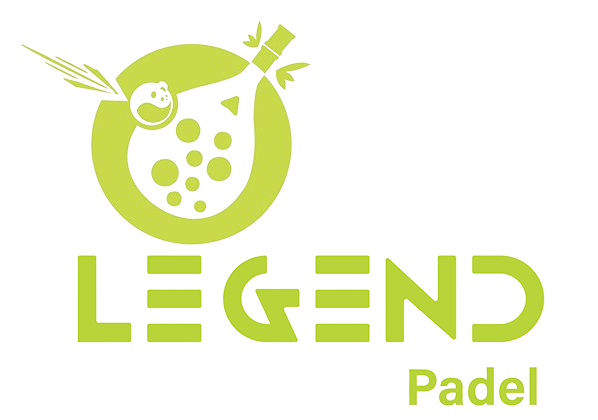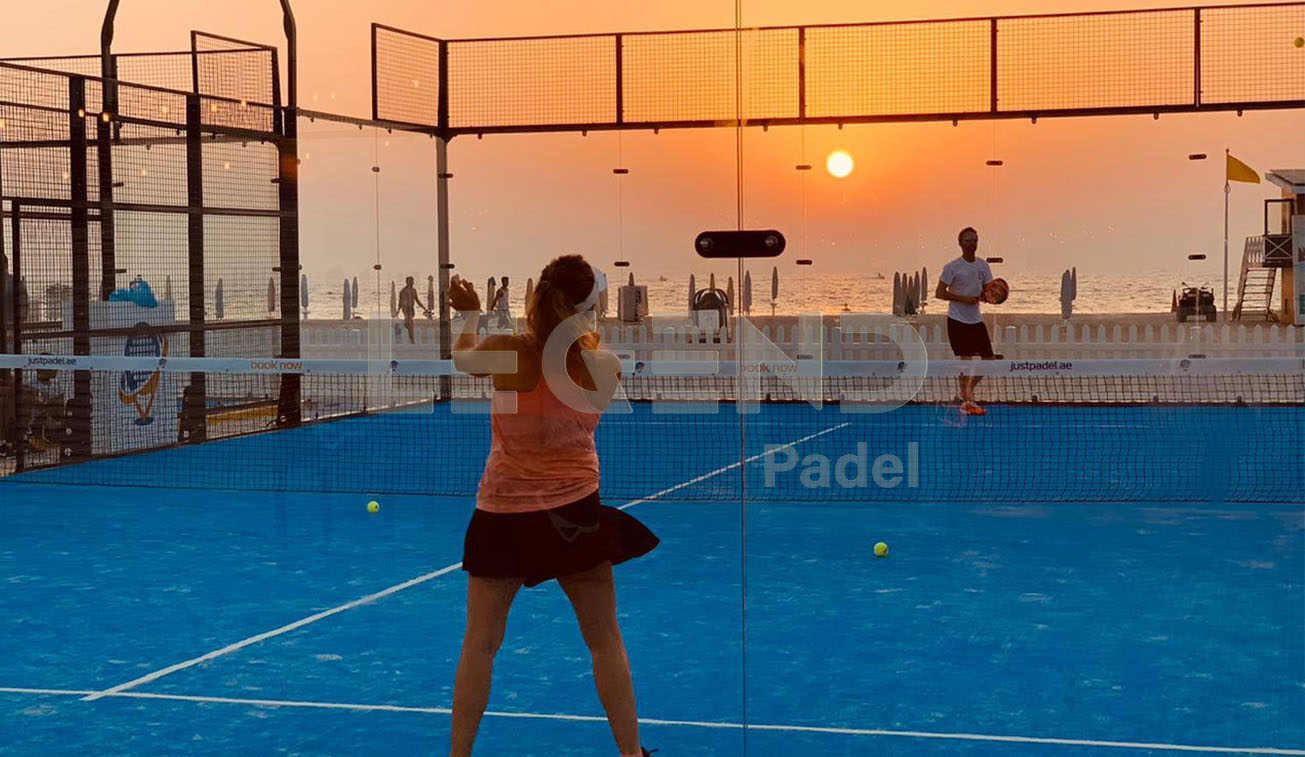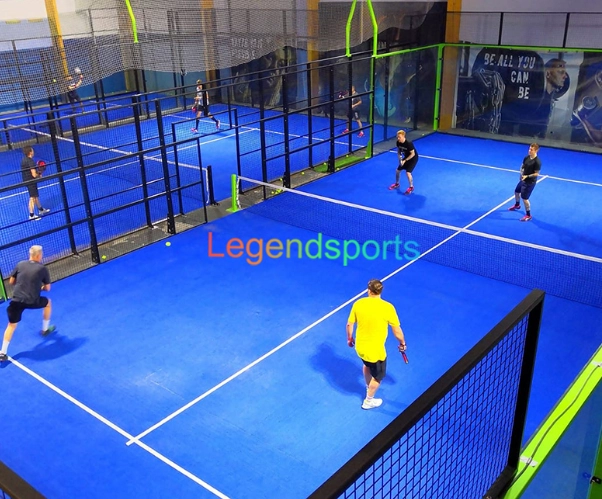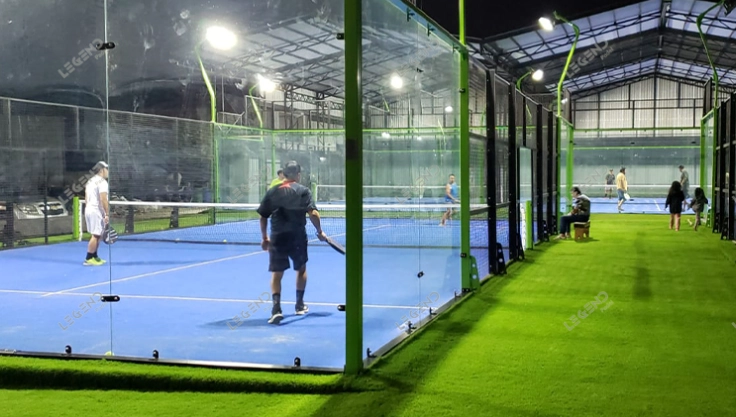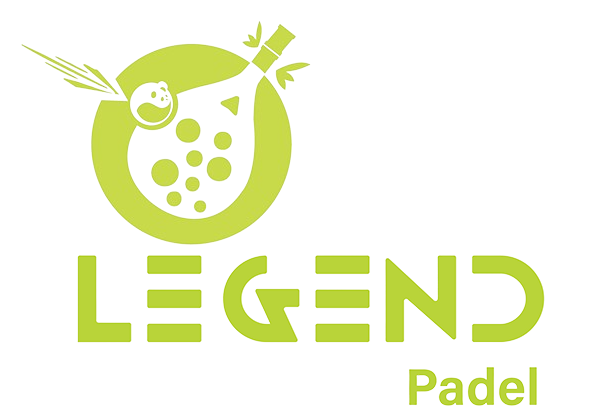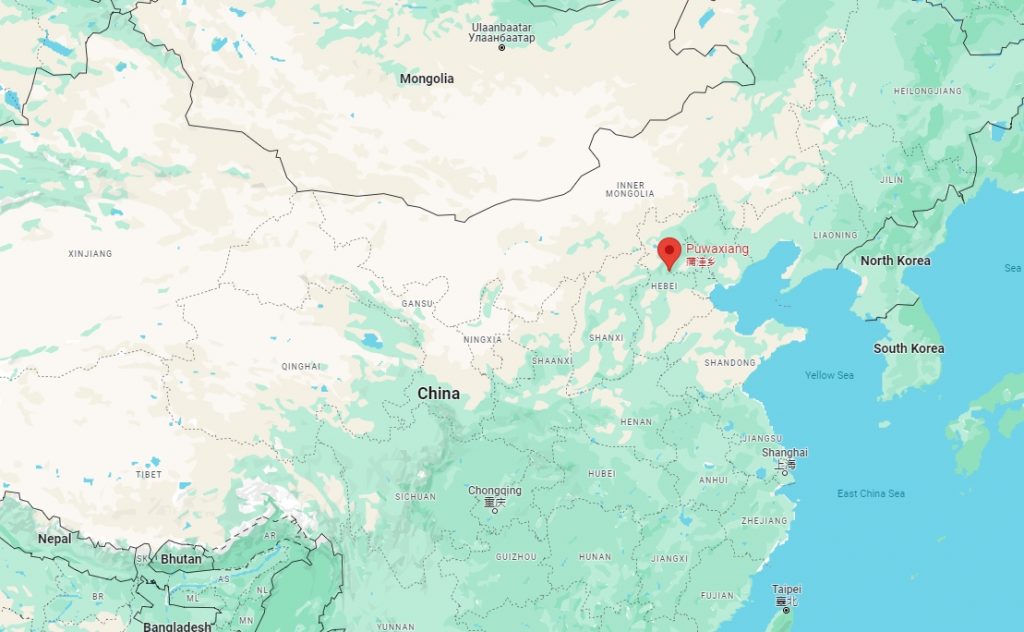Paddle tennis has gained popularity among enthusiasts and casual players alike, blending elements of traditional tennis with a unique set of characteristics that make it enjoyable and accessible. Understanding the specific features of a paddle tennis court can significantly enhance the playing experience. In this article, we will delve into the distinct characteristics of paddle tennis courts, emphasizing dimensions, surface options, boundaries, and enclosures.
Overview of Paddle Tennis Court Characteristics
Paddle tennis courts are designed to facilitate an engaging game with specific features that cater to players’ needs. They are generally smaller than traditional tennis courts, making it easier for players to cover the space in a fast-paced environment. The unique design often includes the use of glass walls, which allow for dynamic interactions between the ball and the court environment, offering an exciting aspect of the game. The dimensions, surface choices, and boundary structures contribute to the overall experience, shaping how players engage with the sport.
Dimensions and Design
Standard Dimensions
A standard paddle tennis court measures 20 meters in length and 10 meters in width. This compact size allows for close-quarters play, adding an intensity to rallies that can be exhilarating. The net in the middle of the court stands at a height of 88 centimeters, which is lower than that of traditional tennis, inviting players to engage in powerful yet tactical shots. These dimensions not only make the game more inclusive for all skill levels but also encourage strategic play due to the confined space.
Comparison with Tennis Courts
When comparing paddle tennis courts to traditional tennis courts, one can see that a standard tennis court is significantly larger, usually measuring 23.77 meters in length and 10.97 meters in width for singles matches. This difference in size impacts gameplay, as paddle tennis promotes quicker reflexes and rapid exchanges, while tennis typically allows for a broader range of shots and play styles. The smaller dimensions of a paddle tennis court enhance the social aspect of the game, making it easier to set up rallies and engaging scenarios in a friendly atmosphere.
Surface Options for Paddle Tennis Courts
Types of Surfaces
The surface of a paddle tennis court plays a critical role in the quality of play. Common surface options include artificial grass, acrylic, and concrete. Artificial grass provides a softer feel, enabling better traction and comfort for players, while also reducing the impact on joints. Acrylic surfaces offer a more consistent bounce and are often used in indoor courts, providing durability and weather resistance. Concrete surfaces are also a viable option, offering a firm playing surface but can be harder on the body, making protective footwear essential for player comfort.
Maintenance Considerations
Maintaining the court surface is vital for longevity and playability. Artificial grass surfaces require regular grooming to avoid matting and ensure optimal performance. For concrete courts, crack filling and resurfacing may be necessary to keep the playing surface level and safe. Understanding the maintenance needs of each surface type will help players and facility owners ensure that the paddle tennis court remains in top condition year-round. Legend Sports uses artificial fibers in Extreme Super Panoramic Padel Court that can minimize the damage.
Court Boundaries and Enclosures
Perimeter Fencing
Perimeter fencing is essential in paddle tennis courts for maintaining the integrity of the playing area. Fencing not only delineates boundaries but also plays a crucial role in the pacing of the game. Typically made from durable materials, the fencing ensures that balls stay within the court, facilitating uninterrupted play. The height of the fencing generally ranges from 3 to 4 meters, which is designed to accommodate the game’s vertical plays and bounces, preventing distraction and keeping the focus on gameplay.
Glass Walls
Glass walls are a distinctive feature of paddle tennis courts, enabling a unique play experience. Often placed at the back and sides of the court, the transparent glass allows players and spectators to enjoy the action from all angles, contributing to an energetic atmosphere. The walls are integral to the gameplay, as players can use them strategically to return balls in innovative ways, adding an exciting dimension to rallies. The top-sale panoramic padel tennis court provided by Legend Sports perfectly meets this functional feature, enhances gameplay, and helps attract more viewers
As paddle tennis continues to grow in popularity, understanding the unique characteristics of a paddle tennis court will enhance player experience and enjoyment of the game. From the dimensions promoting fast-paced play to the various surface options facilitating different styles of play, the design elements of the court play a pivotal role in shaping the overall environment. Knowing the importance of boundaries and enclosures further enriches the appreciation of this sport, ensuring that players can fully engage in the thrilling dynamics of paddle tennis.
Cost Considerations in Court Construction
Initial Construction Costs
Building a paddle tennis court involves several initial cost considerations that vary based on location, materials, and the chosen features of the court. The primary expenses include site preparation, material selection for the surface, fencing, and the installation of additional elements such as lighting and seating for spectators. The type of surface chosen—be it artificial grass, acrylic, or concrete—can significantly impact the overall budget, with artificial grass typically requiring a higher up-front investment but offering lower long-term maintenance costs. Moreover, additional features like glass walls can enhance the playing experience and the aesthetics of the court but may also increase the overall cost due to specialized installation requirements.
Long-term Investment
When investing in a paddle tennis court, it’s essential to factor in the long-term implications of the choice of materials and design. While initial construction costs are crucial, long-term expenses like maintenance, repairs, and resurfacing of the court should not be overlooked. For instance, artificial grass courts may demand a certain level of upkeep to maintain their quality and playability over time, whereas concrete surfaces could face issues such as cracking, which entails additional costs for repairs. Funding a high-quality court not only ensures a better playing experience but can also contribute to the sustaining interest in paddle tennis within the community, making it a worthwhile investment overall.
Special Features for Paddle Tennis Courts
Rebounding Walls and Zones
One of the hallmark features of paddle tennis courts is the inclusion of rebounding walls, which reshape the dynamics of gameplay. These walls are typically made of tempered glass or other materials that allow players to hit the ball off them, adding a layer of strategy and excitement to the game. The placement and angle of these walls can influence shot selection and rally tactics, providing players with creative ways to score points. Furthermore, specialized zones on the court can enhance the rebounding experience, encouraging players to master the art of wall play, which is integral to paddle tennis, making the game not just competitive but also a technical skill showcase.
Child-Friendly Courts
As paddle tennis gains traction among varying age groups, creating child-friendly courts holds significant importance. Such as Children Padel Court designed with smaller dimensions and softer surfaces cater specifically to younger players, making the game more accessible and enjoyable for them. Implementing safety features, such as rounded edges on walls and a height adjustable net, ensures that children can play the game without excessive risk. These tailored features not only promote engagement and learning but also build a foundation for a new generation of paddle tennis enthusiasts, fostering inclusiveness in the sport from a young age.
Enhancing Game Experience through Court Features
Importance of Consistent Ball Bounce
In paddle tennis, the quality of play relies heavily on the consistency of ball bounce delivered by the court surface. A uniform surface ensures that the ball reacts predictably, giving players the opportunity to execute their shots with precision and confidence. Surfaces like acrylic are renowned for providing this level of performance, offering solid support while minimizing variations in bounce height. Consistency in the bounce not only enhances player performance but also contributes to a more enjoyable experience, enabling players to engage fully in tactical gameplay, which is at the heart of paddle tennis.
Accessibility and Varied Playing Fields
Building accessibility into paddle tennis courts is vital to ensure that all players, regardless of skill levels or physical capabilities, can enjoy the game. This includes implementing features like wheelchair-accessible pathways, ample seating arrangements, and inclusive signage that directs players around the court. Additionally, creating varied playing fields, such as courts with adjustable nets or surfaces, allows players to experience different levels of play and challenge themselves accordingly. By focusing on accessibility and diversity in court design, facilities can welcome a broader range of players, broadening the appeal of paddle tennis across various demographics and skill levels.
As you explore the design and functionality of paddle tennis courts, it’s evident that such features contribute to their unique charm and playability. From considering the initial construction and long-term investments to incorporating elements that enhance the playing experience, every characteristic has a role in shaping how players engage with this exhilarating sport. For example, the friendly adaptation of Single Padel Court ensures that everyone can easily try and experience it. The careful planning and execution of a paddle tennis court design truly enrich the enjoyment of paddle tennis for everyone involved.
